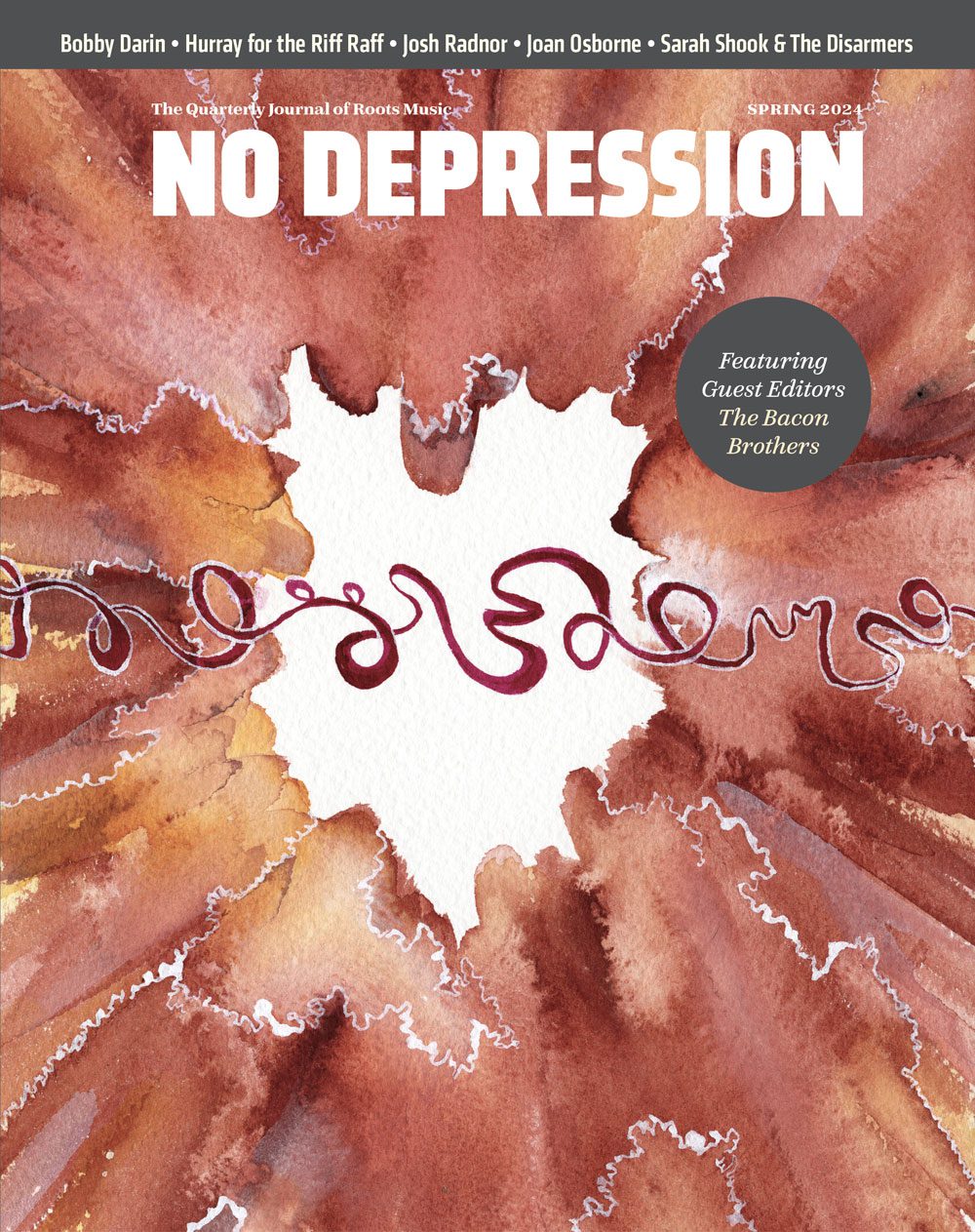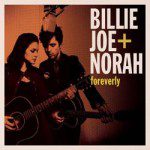Book Review- Bob Dylan by Greil Marcus: Writings 1968-2010
The best American literature is always connected to something in the author’s own life and experience, something they continue to come back to time and time again as a theme throughout their work. For Clemens it was the Mississippi River, for Faulkner the culture of his native Mississippi, and for Greil Marcus that “something” is Bob Dylan. He has written two books- 1998’s Invisible Republic: Bob Dylan’s Basement Tapes and 2005’s Like a Rolling Stone: Bob Dylan at the Crossroads – on his subject and Dylan serves as a shadow figure, an unseen force written about between the lines, in all of Marcus’s work.
I’ll get into the Dylan stuff shortly, but the real reason you should read Marcus’s new book is not it’s subject, but it’s author. In his introduction to Lester Bangs’ posthumous anthology Psychotic Reactions and Carbeurator Dung, Marcus wrote, “What this book demands from a reader is a willingness to accept that the best writer in America could write almost nothing but record reviews.” That statement was certainly true of Bangs and now with J.D. Salinger, Hunter S. Thompson, and Kurt Vonnegut gone it holds up just as well for Marcus himself. Greil Marcus is the kind of writer who can capture the spirit of American music- Americana music- with his pen and somehow makes the journey of our music from the African jungles and European countryside to modern-day state of the art studios make perfect sense.
This new book is an anthology of shorter pieces from magazines and newspapers written throughout Dylan and Marcus’s careers, ranging from 1968 to last month. Through it’s very nature, then, it gives the reader a sense of what it was like to actually be there in some ways, although Marcus makes it perfectly clear that his writing’s intent is at least half personal. “I was never interested in figuring out what the songs meant,” he writes in the preface, “I was interested in figuring out my response to them.”
Because Marcus’s professional writing career did not begin until 1966 and the first piece in this book wasn’t published until ’68, we don’t get to witness the “best” of Dylan in real time. There is no first-hand account here of the early folk revival, The Times they are a-Changin’, of Dylan going electric, of Highway 61 or even Nashville Skyline. Yet that era looms over the entire book, like a ghost of a past we can never live up to. This is best seen through Marcus’s mostly negative critiques of Dylan’s ’70s and ’80s output (“What is this shit?,” begins the Self Portrait review).
The book opens with an eight page preface describing Marcus’s lifetime of listening to Dylan, his first experience with the man himself, and how the pieces in this book came together. A 1968 article on a rumored Dylan appearance in a San Francisco club makes up the prologue, but the book doesn’t really pick up steam until part one, subtitled “Breath Control” and covering the years 1970-1974. It covers the aforementioned Self Portrait, New Morning, the Concert for Bangladesh, a review of a Doug Sahm album that was both unnecessary and wrong, and several pieces on the 1974 tour with the Band (“The Band at their worst,” Marcus writes, “have never been as embarrassing as Dylan at his, and at their best they write history while he makes it.”)
The book’s second part, “Seven Years of This” begins with a review of Dylan’s painful masterpiece Blood on the Tracks (later referred to in the book as “the only true comeback album of Dylan’s career”) and concludes at the end of his “Christian period.” In between this, Marcus writes brilliantly about The Last Waltz (“Clapton played poorly, if spectacularly”), the Rolling Thunder Revue, and a string of mediocre albums that would have been classics if released under a fake name. At this point in Dylan’s career and for a while after, Marcus is unable to see the forest for the trees. He is waiting in vain for another Blonde on Blonde or Bringing it All Back Home and thus always ends up disappointed. This is a mistake that thousands of like-minded Dylan fans have made and it has never been chronicled as spectacularly as it is in this volume.
If anything, the third part of the book is even more pessimistic and critical (although even at his most vehement, Marcus’s love for Dylan’s music is never in question). It begins with perhaps my favorite piece here, a 1985 essay about “We Are the World.” Dylan is a minor character in the story (“If a comedian attempted a Dylan impression this broad,” Marcus writes, “He’d be laughed off the stage.”) , but it is even more important in revealing the neutering of our music and our culture (“As pop music, ‘We Are the World’ says less about Ethiopia than it does about Pepsi…”). There are several pieces in this section that attempt to find Dylan’s place as the spawn of the country and blues tradition of the ’20s and ’30s (something Marcus has written at length about elsewhere), on how critics have misinterpreted his work, and perhpas best of all, a wonderful piece on lonely life-on-the-road songs that gives a critical analysis from the 19th century traditional ballads, to Robert Johnson and Jimmie Rodgers, to Hank and Dylan, and finally to Seger and Springsteen (the fact that it contains no reference to Honky Tonk Heroes or any Billy Joe Shaver, for that matter, is at least suspicious and at most makes the entire essay wildly incomplete, but I’ll let it slide this time).
Toward the end of this section, with a piece comparing Dylan’s “Blind Willie McTell” to the Old Testament Book of Ecclesiastes, the tone begins to change as if Marcus has finally come to accept the fact that Dylan will never live up to his mythical past. Then, at just that moment, Dylan surprises him and he is made to rethink that position when he hears Good As I Been To You, the review of which opens the fourth part of the book, covering ’93-’97. The entire premise of this section is to display the fundamental change in Dylan’s body of work; he had went from being a harbinger of the future to a chronicler and a relic of the past and Marcus is at his best when examining how Dylan’s most influential work has became a part of that past. He talks about the MTV Unplugged episode that Dylan didn’t quite fit on, analyzes “The Times They are a-Changin'” in the context of the ’94 election, and there’s even a short piece here on Dock Boggs, the greatest singer in the American folk tradition save for Elvis Presley and Hank Williams. (Speaking of Hank, there is a line somewhere in the book where Marcus says something along the lines that John Wesley Harding was the type of album Hank would have recorded in 1953, had he lived.)
But, alas, the comeback on Good As I Been to You and it’s follow-up World Gone Wrong were merely false starts, an opening act in a sense to Dylan’s most enjoyable and, arguably, best album Time Out of Mind. An entire section of the book is devoted solely to this album, and in particular it’s stunning closer “Highlands,” and this is also the point where the book is at it’s most interesting. Excellent quality of the writing notwithstanding, everything up to this point has been covered and analyzed for decades. But on the last (give or take) 200 pages of the book, Marcus gives the latter part of Dylan’s career a depth and insight not previously seen and that is one of the major highlights of the book. Also included in the section is a look at “Hattie Carroll” in the context of the Clinton scandal and a critique of “modern folk music” such as Steve Earle and Bruce Springsteen.
Part six begins with an obituary of Rick Danko and then continues on to an excellent piece comparing Dylan’s 1965 song “Desolation Row” to the artwork of James Ensor. This essay marvelously gets into the psyche of the misunderstood artist and compares Dylan (better known as “Judas” at that time in the folk community) to Ensor’s disturbing self-portraits which often featured the artist in the role of Christ during the Crucifixion. I’m not sure that I buy into the piece 100%, but it does make one consider the idea, which is all you can expect of great writing.
Beginning with the post-9/11 piece from Rolling Stone which is partially about Dylan’s “High Water (For Charley Patton),” the book takes on a decidedly darker tone to accommodate for the bleak and troubled times in which it was written. If anything, Marcus’s writing has only gotten better in the last decade, although the scope he often displays in these more modern pieces are microscopic compared to his former works. Here he envisions the Dylan of “Love and Theft” as the neighborhood eccentric who always has a story to tale and a song to sing- a Dave Von Ronk type in a way- as he continues a tradition that was here centuries before any of us, tells of the obscure pre-war blues and hillbilly records by folks like Bascom Lamar Lunsford, Sam McGee, Clarence Ashley, Richard “Rabbit” Brown, and, over and over again, Dock Boggs. He talks about this music in the context of the O Brother Where Art Thou fad and the hard times we live in, but is sure to point out that whereas Dylan and the performers on Harry Smith’s Anthology already sounded like “ghosts” when their music was new- as if it ever was- modern folk music (including in his estimation, Dylan’s Modern Times) is too calculated, too produced, although he does have kind words for Crooked Still.
Throughout this latter part of the book, Marcus continually brings up these ghosts of a past life in American music while analyzing their lives and their work- which may or may not be the same thing- along with Dylan career anthologies, paintings, books, biopics, and modern events, such as the aforementioned 9/11 attacks and the 2008 election (“…The thing that amazes me,” he writes, “is that the Clintons never seemed to get that they were dealing with someone more formidable than a Howard Dean in blackface. So they wound up looking like Baez and Seeger, the Old Regime, undone by the sound of a greater sense of possibility than they were willing to entertain.”) But perhaps my favorite piece in this section is the one about Hibbing High School and the effect it had on Dylan’s music, complete with a lesson on poetry from Dylan’s former English teacher. Just as intriguing is the tale Marcus relates of a teenage rock group calling themselves the Taliband who made the national headlines for performing “Masters of War” at their high school talent show.
This book may be the ultimate study of Dylan and thus, of the last 50 years of our culture. The fact that Marcus was there as a chronicler of most of it leads one to notice the subtle changes in our society that he writes about without ever really directly pointing to. As I have noted, there are portions in the book that I disagree with and while some of the off-subject material works (all of the roots music essays, for instance), some of them are just too far off subject to have any relevance to the book. In a way Greil Marcus is the perfect author to detail the nuances of Dylan’s career because both are fundamentally similar: geniuses who have created some of the greatest work of the past half-century in their respective fields, but who both also, from time to time (seen more here due to the nature of the book and the fact that it wasn’t written as a whole), really have nothing to say and disguise that fact in their G0d-given mastery of the English language. Sometimes you are hypnotized by their words to the point that ultimately you aren’t quite sure if it’s brilliance or bullshit, but you are completely confident of one thing: it’s always interesting.
This book will be released on October 12.




